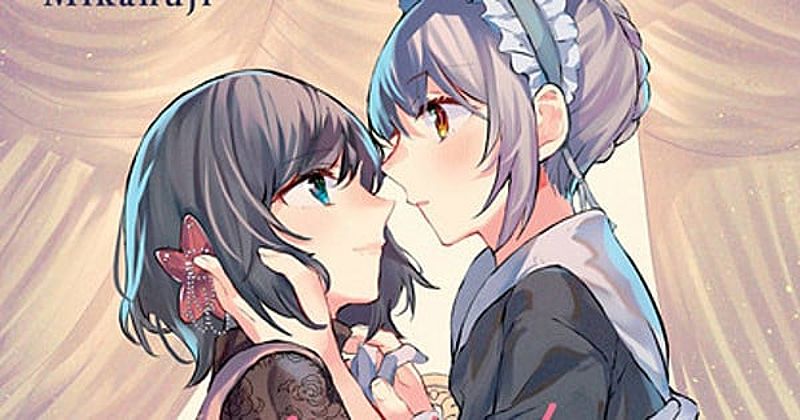A Mixed Bag of Yuri Stories: ‘I Don’t Need a Happy Ending’

Explore a collection of yuri manga stories in ‘I Don’t Need a Happy Ending’ that delve into the pursuit of love between women. While some tales deliver satisfying resolutions, others fall short with problematic narratives. Find out if this manga is worth adding to your collection.
Exploring ‘I Don’t Need a Happy Ending’: A Mixed Bag of Yuri Stories
In the world of yuri manga, Mikanuji’s work has gained recognition among readers. Their latest English release, ‘I Don’t Need a Happy Ending,’ follows in the footsteps of their previous works like ‘Assorted Entanglements’ and ‘Now Loading…!…!’. The collection presents a series of unrelated short stories, each exploring the pursuit of love between women. While the title suggests a bittersweet theme, the stories often fall short of delivering the desired impact.

( Credit to: Animenewsnetwork )
One standout tale is the eponymous ‘I Don’t Need a Happy Ending.’ Set in early twentieth-century Europe, the story revolves around Maria, a maid, and Roberta, the daughter of a nobleman. Roberta faces the prospect of an arranged marriage, prompting her to approach Maria for a different kind of connection. Their intimate encounter not only reveals Roberta’s feelings for Maria but also challenges societal norms surrounding same-sex relationships. Despite the title’s implications, this story provides a satisfying resolution, showing that a happy ending is within reach for the two women.
However, not all stories in the collection hit the mark. Two particular entries, ‘I’ll Never Fall in Love with You’ and ‘I Don’t Know What Love Is,’ delve into uncomfortable territory with nonconsensual and dubious consensual sexual encounters. The former follows Saara and Sugiya, former classmates who reunite after years of bullying. Saara seeks revenge by subjecting Sugiya to sexual abuse, capturing it on video to ensure her compliance. The story takes a troubling turn when it hints at the possibility of a regular relationship between the two characters. Similarly, ‘I Don’t Know What Love Is’ features Nakamukai, who is consistently mistreated by her senpai, Hayakawa. While the story aims to depict Hayakawa’s efforts to bring Nakamukai out of her shell, it fails to address the lack of consideration for Nakamukai’s feelings, leaving a distasteful impression.
On the positive side, ‘I Don’t Need a Happy Ending’ offers more explicit content than the average English-translated yuri manga. Although not as risqué as certain BL or heterosexual romance titles, readers seeking yuri with actual sex scenes will find it satisfying. Mikanuji’s artwork, while generally appealing, falters in its portrayal of profiles, often resulting in uneven facial features. The character designs can also feel monotonous, potentially confusing readers if they are fatigued. However, the title story stands out with its evocative depiction of an early twentieth-century setting.
Overall, ‘I Don’t Need a Happy Ending’ presents a mixed bag of yuri stories. While the title story showcases the author’s storytelling prowess and includes intriguing creator’s notes, the inclusion of problematic narratives in the collection weakens its overall impact. Unless readers specifically seek out explicit yuri content, it may be more prudent to borrow this book from a library rather than purchasing it.




